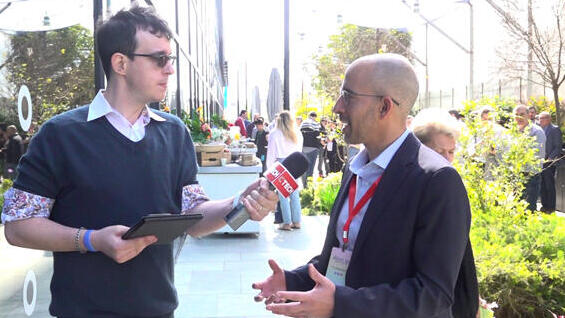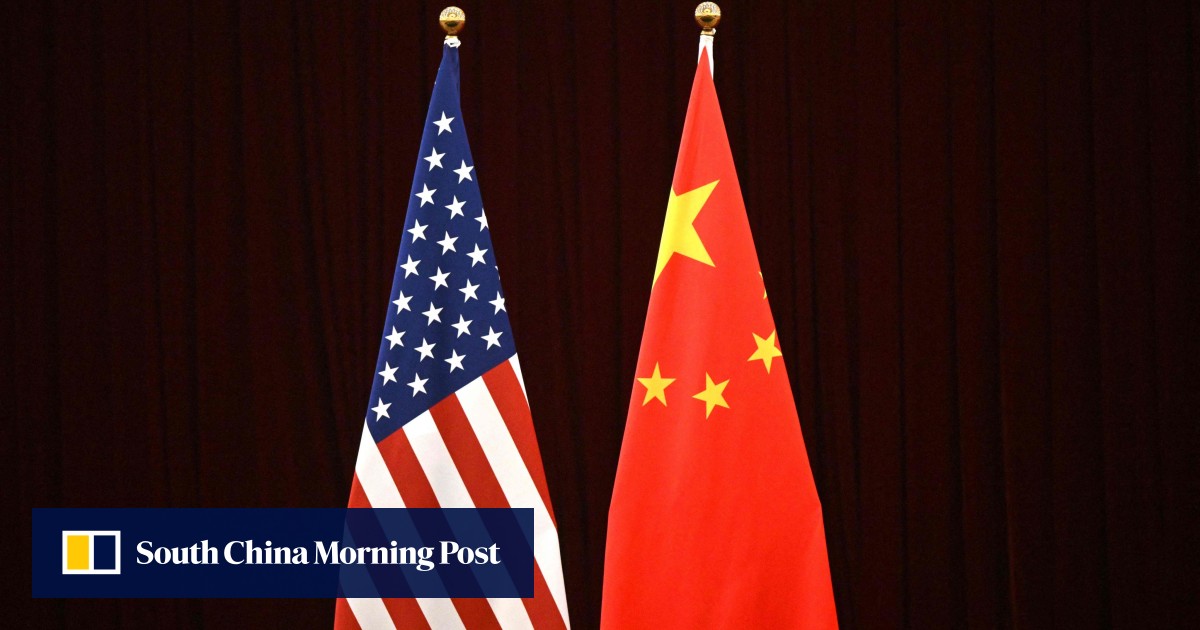Revolutionizing Industries: How AI is Transforming Economies and Societies
Microsoft National Technology Officer Ben Haklai believes that AI will have a significant impact on our economies and societies. He views AI as a tool that can transform the way…
Allegations of Fraud and Unpaid Debts: Mayor Yemi Mobolade’s Coffee Shops at the Center of Legal Battle
Mayor Yemi Mobolade of Colorado Springs has denied allegations that his two coffee shops failed to repay debts owed to a food distributor. Two lawsuits from Shamrock Foods Company claim…
AEW Dynamite Live Blog: IWGP World Title Bout Results (April 24, 2024)
Tonight’s episode of AEW Dynamite is set to air at 8 pm ET on TBS, coming to us live from Jacksonville, Florida’s Daily’s Place. This week’s episode will feature new…
US Conducting Risk Assessment of China’s Utilization of Open-Source RISC-V Chip Technology in Technology Battle
In November, a group of 18 US lawmakers, composed of members from both houses of Congress, raised concerns with the Biden administration about preventing China from gaining dominance in RISC-V…
Scotty’s Night: The Latest in News, Sports, and Jobs
Scotty James, known as Chautauqua County’s biggest sports fan, was honored at the Jackson Center in Jamestown on Tuesday night. The event, titled “Greg Peterson Unplugged Part 2,” featured local…
Budget-Friendly Family Fun: Denver Museum of Nature & Science and Mexican Cultural Center Host Free Admission on Día del Niño
As a father of five, I know how important it is to make family activities affordable. That’s why I’m excited about the free admission offer happening at the Denver Museum…
Insulin Makers and Pharmacy Benefit Managers Face Allegations of Deceptive Pricing in Lawsuit by Health Benefits Fund
The International Union of Operating Engineers Local No. 478 Health Benefits Fund has recently filed a complaint in the US District Court for the District of Connecticut against major insulin…
Economic Shock Therapy: President Milei’s Plan Brings Short-Term Success but Long-Term Concerns for Argentina”.
In February, Argentina’s economy saw a 0.2% monthly decline in economic activity, marking the fourth consecutive month of decline. Despite this, President Javier Milei’s economic shock therapy plan is starting…
Triple Victory for WKU Student Publications at College Media Business & Advertising Managers Awards
During an awards ceremony on April 19, three student leaders from WKU Student Publications were recognized by College Media Business & Advertising Managers. Emma Bayens, a senior photojournalism major from…
World Sales Secured for Director’s Fortnight Film ‘The Falling Sky’ by Rediance
Rediance, an international sales agent based in China, has acquired the world sales rights to the feature documentary film “The Falling Sky.” The film is set to premiere at the…




